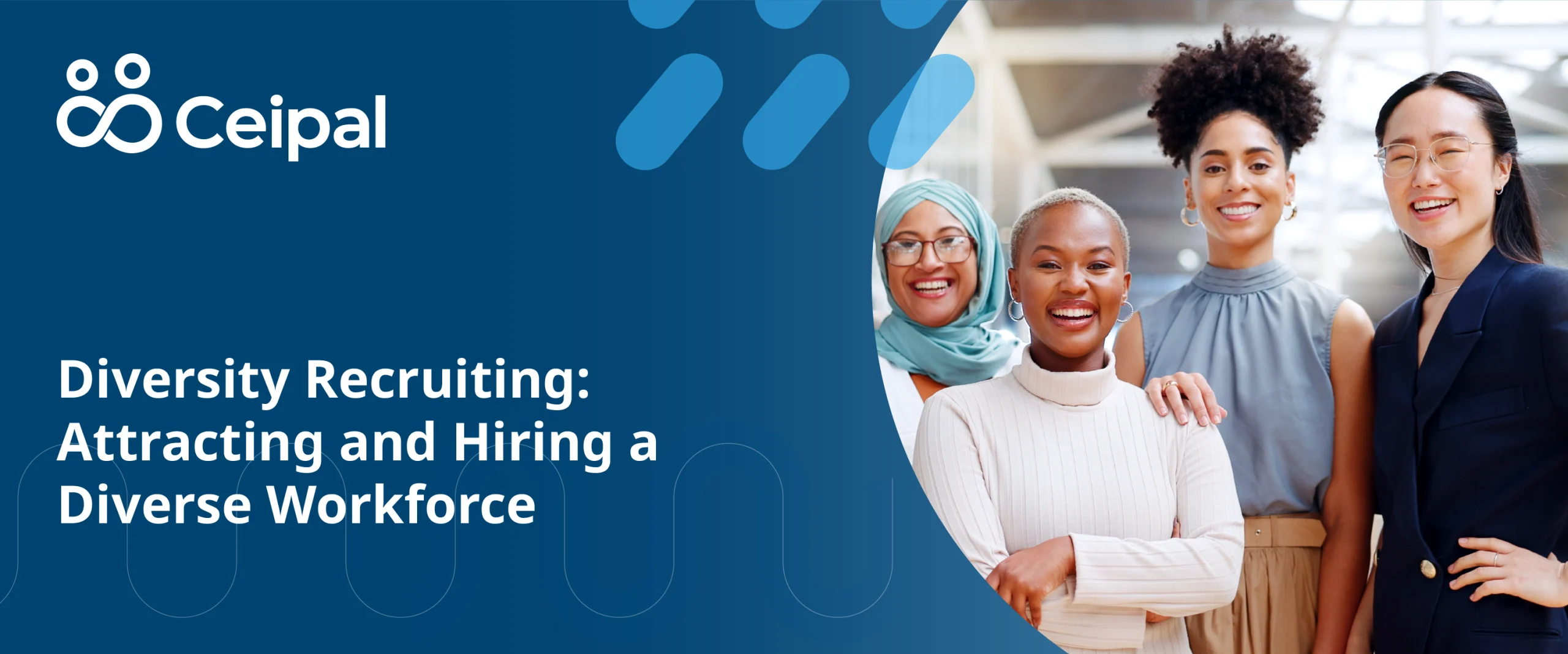Diversity recruiting has evolved into a cornerstone of modern talent acquisition strategies. It’s not just a checkbox to tick off; it’s a dynamic and essential process that organizations must embrace wholeheartedly. But how can you attract and hire a diverse workforce effectively? In this article, we’ll dive into the best practices for diversity recruiting, equipping you with the insights and strategies you need to build a more inclusive and dynamic team.
Best Practices for Diversity Recruiting and Talent Acquisition
Before we delve into specific strategies, let’s understand why diversity matters. A diverse workforce isn’t just about meeting quotas or appearing inclusive—it’s about fostering creativity, innovation, and better decision-making. Diverse teams bring a multitude of perspectives and ideas to the table, which can lead to groundbreaking solutions and increased adaptability.
Build an Inclusive Team
Diversity is not about just meeting quotas; it’s about building a vibrant and inclusive team that reflects the rich tapestry of our society. Diversity recruiting is an ongoing journey, and by taking these steps, you can navigate it successfully.
1. Craft Inclusive Job Descriptions
The journey toward diversity starts with your job postings. The language you use can inadvertently discourage underrepresented groups from applying. Avoid gendered language and jargon, and focus on the qualifications and skills required for the job. Highlight your commitment to diversity in your job descriptions, showcasing your organization’s inclusive culture.
2. Leverage Diverse Recruitment Channels
Expand your recruitment efforts beyond the usual suspects. Partner with organizations and platforms that cater to diverse talent pools. Attend job fairs, conferences, and events specifically targeting minority groups. The wider your net, the more diverse your candidate pool will become.
3. Establish an Inclusive Interview Process
Bias can creep into interviews without us even realizing it. Train your interviewers to recognize and mitigate bias. Use structured interviews with predefined questions and evaluation criteria to ensure fairness. Consider diverse interview panels to provide different perspectives and reduce unconscious bias.
4. Showcase Your Commitment to Diversity
Make your commitment to diversity visible. Highlight your diversity and inclusion initiatives on your website and social media. Share success stories of employees from diverse backgrounds. Potential candidates should see that diversity is not just a buzzword but a core value of your organization.
5. Implement Blind Recruitment Practices
Blind recruitment involves removing personally identifiable information from applications before review. This ensures that candidates are evaluated solely on their qualifications and skills. It’s an effective way to reduce bias and promote diversity in the hiring process.
6. Offer Diversity Training
Provide diversity and inclusion training for all employees, not just those in HR. A more inclusive workplace culture begins with education. Encourage open discussions and foster an environment where employees feel comfortable sharing their experiences and perspectives.
7. Monitor and Measure Progress
Regularly track your diversity recruiting efforts. Collect data on the diversity of your applicant pool, interviewees, and hires. Use this information to identify areas where you can improve and to set meaningful diversity goals.
Diversity Recruiting: A Strategic Imperative for Success
In today’s global and interconnected world, diversity recruiting isn’t just a buzzword; it’s a strategic imperative. Attracting and hiring a diverse workforce is not only the right thing to do but also a smart business move. By embracing diversity as a competitive advantage and implementing best practices, you can create a workplace that thrives on different perspectives, fosters innovation and drives success.
FAQs
1. What is diversity recruiting?
Diversity recruiting is the practice of actively seeking and hiring candidates from a wide range of backgrounds, cultures, and experiences to create a more inclusive and representative workforce.
2. Why is diversity recruiting important?
Diversity recruiting is essential because it fosters innovation, creativity, and better decision-making. A diverse workforce brings varied perspectives to the table, leading to improved problem-solving and adaptability.
3. How can I make my job descriptions more inclusive?
To make your job descriptions more inclusive, avoid gendered language, jargon, and biased terminology. Focus on the skills and qualifications required for the job, and highlight your commitment to diversity and inclusion.
4. What is blind recruitment?
Blind recruitment is a practice that involves removing personally identifiable information from job applications before reviewing them. This helps reduce bias in the hiring process and promotes fairness.
5. How can I measure the success of my diversity recruiting efforts?
To measure the success of your diversity recruiting efforts, track data on the diversity of your applicant pool, interviewees, and hires. Use this data to set goals and identify areas for improvement in your recruiting strategy.









